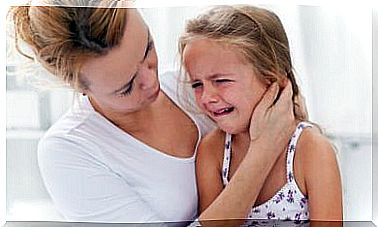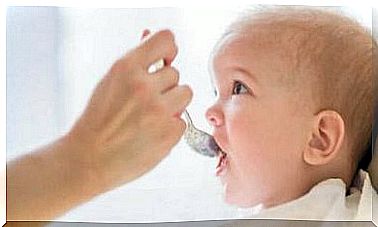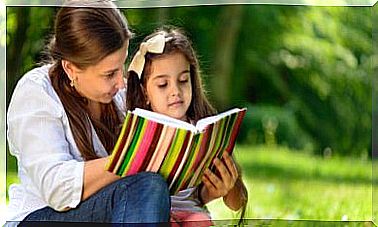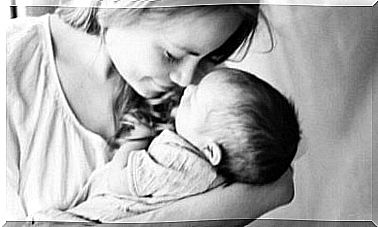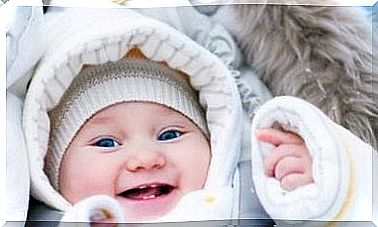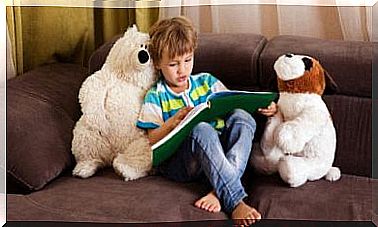What Exactly Is Baby Talk?
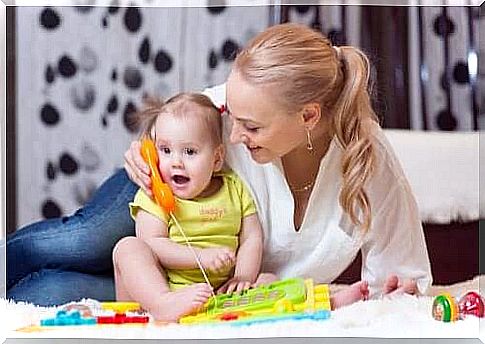
You’ve probably also noticed how adults talk to babies or toddlers. When talking to the youngest, for example, the pitch of the voice changes. And the emphasis is also often different or more exaggerated. This phenomenon is known as baby talk .
It should be remembered that language is a special and complex skill. Children gradually develop these over the years. In this sense, the way parents talk to their children, for example, is a very important factor in language acquisition and learning.
Features of Baby Talk
The term baby talk refers to the adaptation of the language adults use towards toddlers. Even children over the age of 6 use this baby language when they speak to children who are younger than themselves. So it can be said that it is primarily about language aimed at babies. This way of speaking affects three basic aspects of spoken language:
- Duration
- energy
- Base frequency
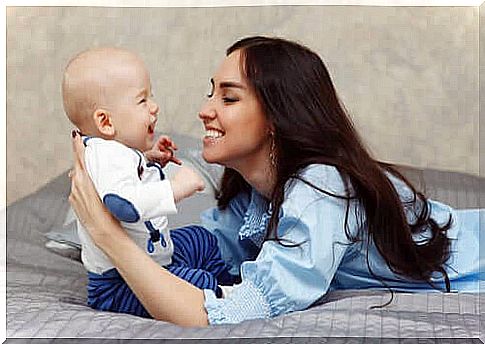
For the speech therapist Marc Monfort, the essential characteristics of Baby Talk are these:
- Slow rhythm
- Higher pitch
- Very clear pronunciation
- Expressive intonation
- Short and simple statements
- Repetitions, either part of what is said or the whole sentence
- Limited number of words. In general, the simplest formula is chosen, there are also many diminutives.
- Continuous references to context
- Nonverbal language. Gestures and facial expressions accompany the spoken language.
What is Baby Talk for ?
The use of this baby language serves to adapt to the peculiarities and the rhythm of the linguistic development of the little ones. Because in this way they receive sufficient, appropriate and diverse language models and speech patterns.
These adjustments are very intuitive. The unconscious intention behind this is to establish and ensure better and effective communication with the child. Therefore, they are a very basic tool for imitating and learning the spoken language.
As mentioned earlier, toddlers are often slower to speak to and simpler words and expressions are used. In addition, people usually speak more clearly. This enables the child to pay more attention to what is being said. And it also makes it easier to start and keep up an interesting conversation.
What else should you watch out for when speaking to young children?
Parents should be especially careful how they talk to their little ones. Because the right baby talk can be very beneficial and enriching for the children. Especially when they are still very small. But there are many other strategies besides using baby language . You should also use these. Because in this way you will support your child’s language acquisition and they will develop an appropriate language.
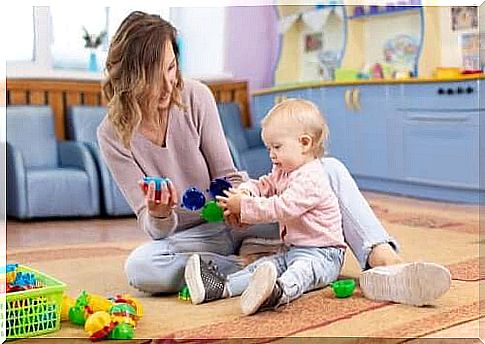
Here are a few things to keep in mind when talking to your toddler. Because with it you can stimulate and support his language acquisition.
- First of all, it is important: Always be at eye level with your child and thus establish eye contact.
- You should also take time to play games that stimulate spoken language and hearing.
- Also good: learn children’s songs by heart and sing them to your child.
- It is also a good idea to involve your child in daily chores. For example, shopping in the supermarket.
- You should always actively listen to them and repeat what the child is saying. It is also good if you use other words to formulate what your child tried to say.
- Always look for positive reinforcement.
Final remark
So, in summary, speaking is a natural ability. The child acquires this through various types of communicative exchange with the people around him. So it starts from the moment of birth. Children learn to speak by hearing the various members of their family talk, especially their parents, of course.
This is why Baby Talk , which is mostly used intuitively and unconsciously, is so important for toddlers to learn the language. There are also other points to consider for positive communication. Because this is how the linguistic development of the little ones will be successful.


